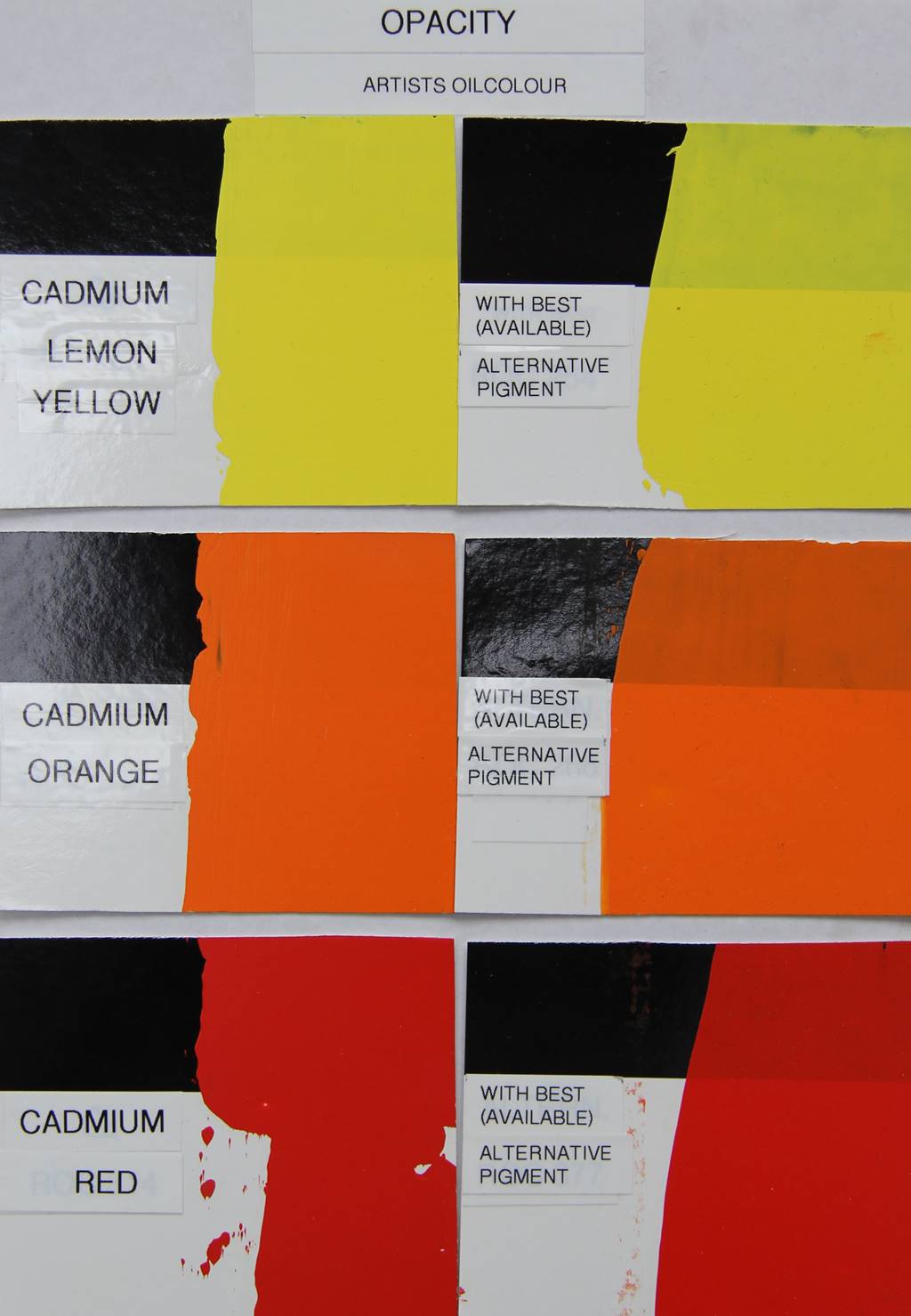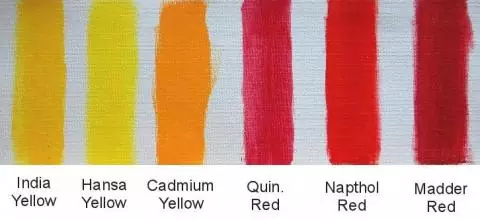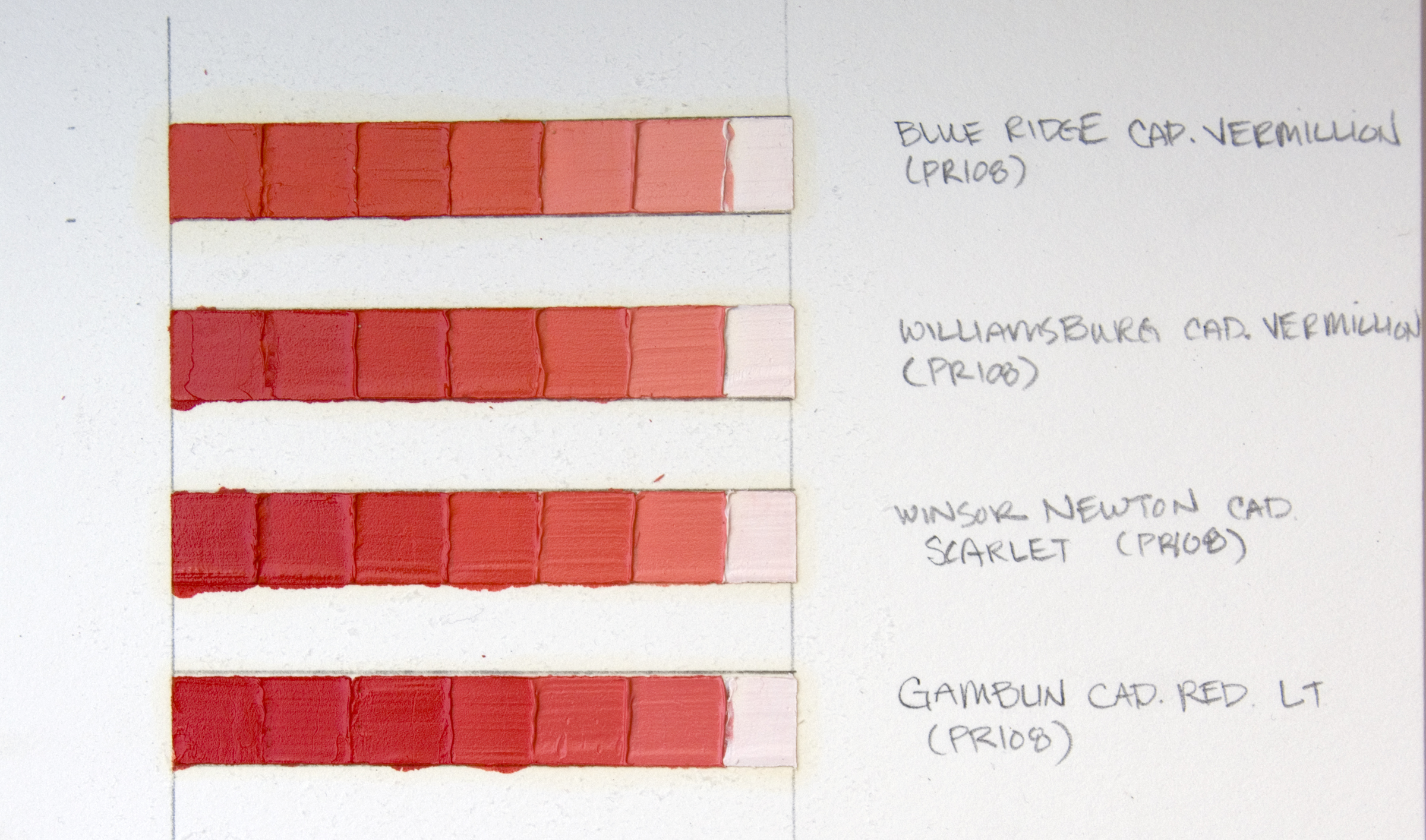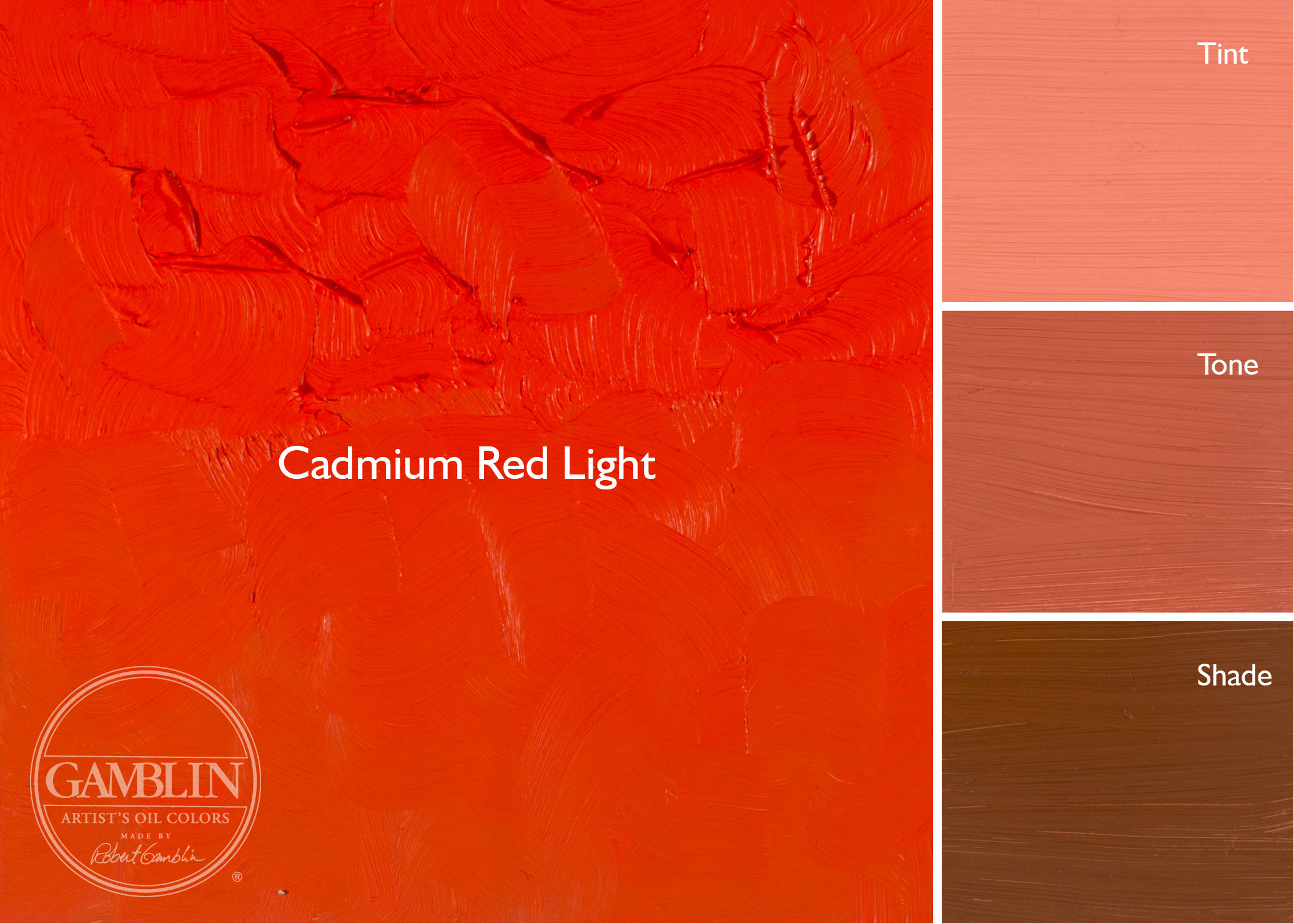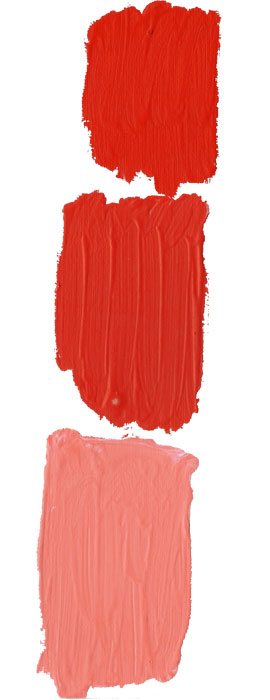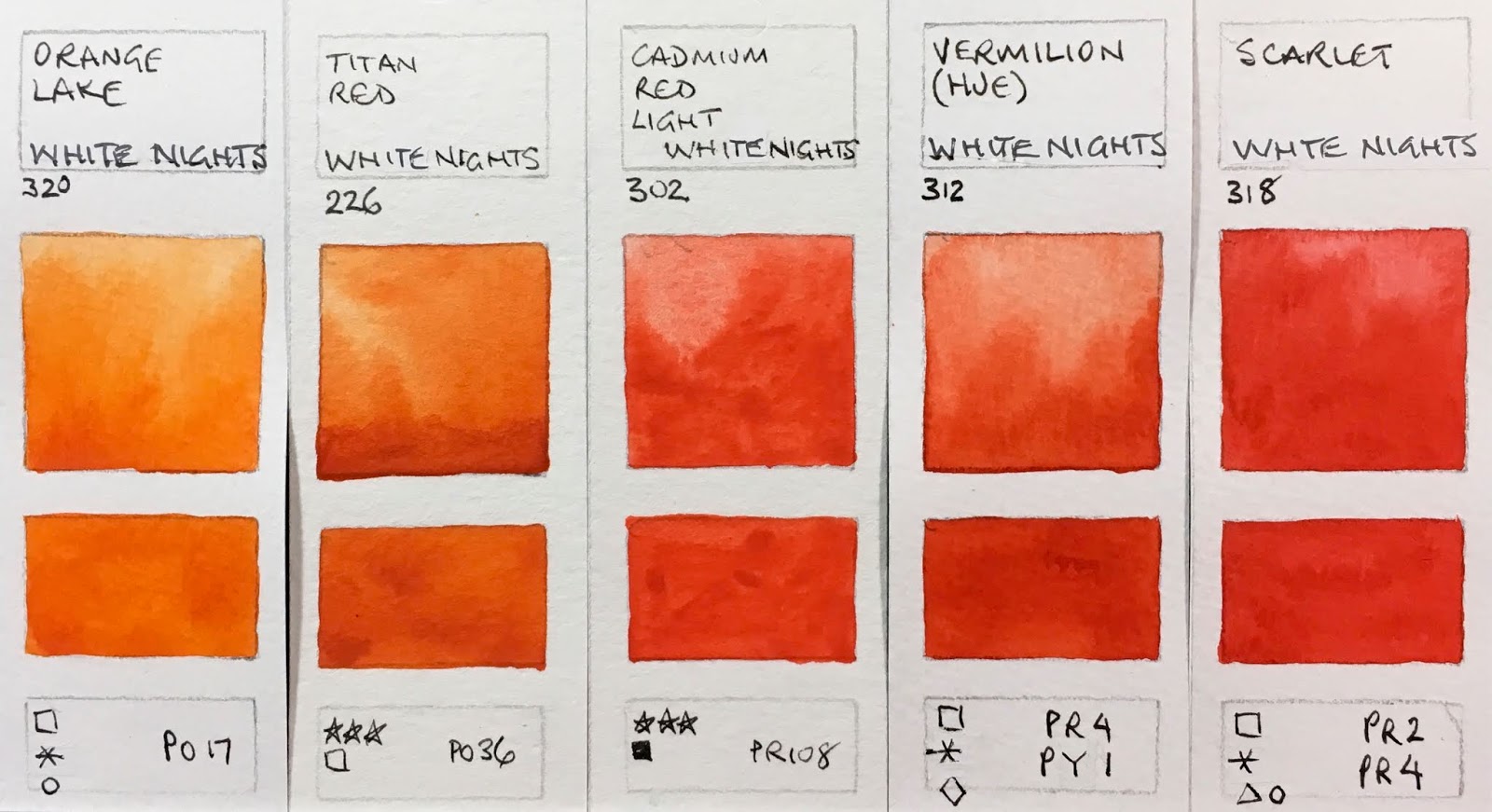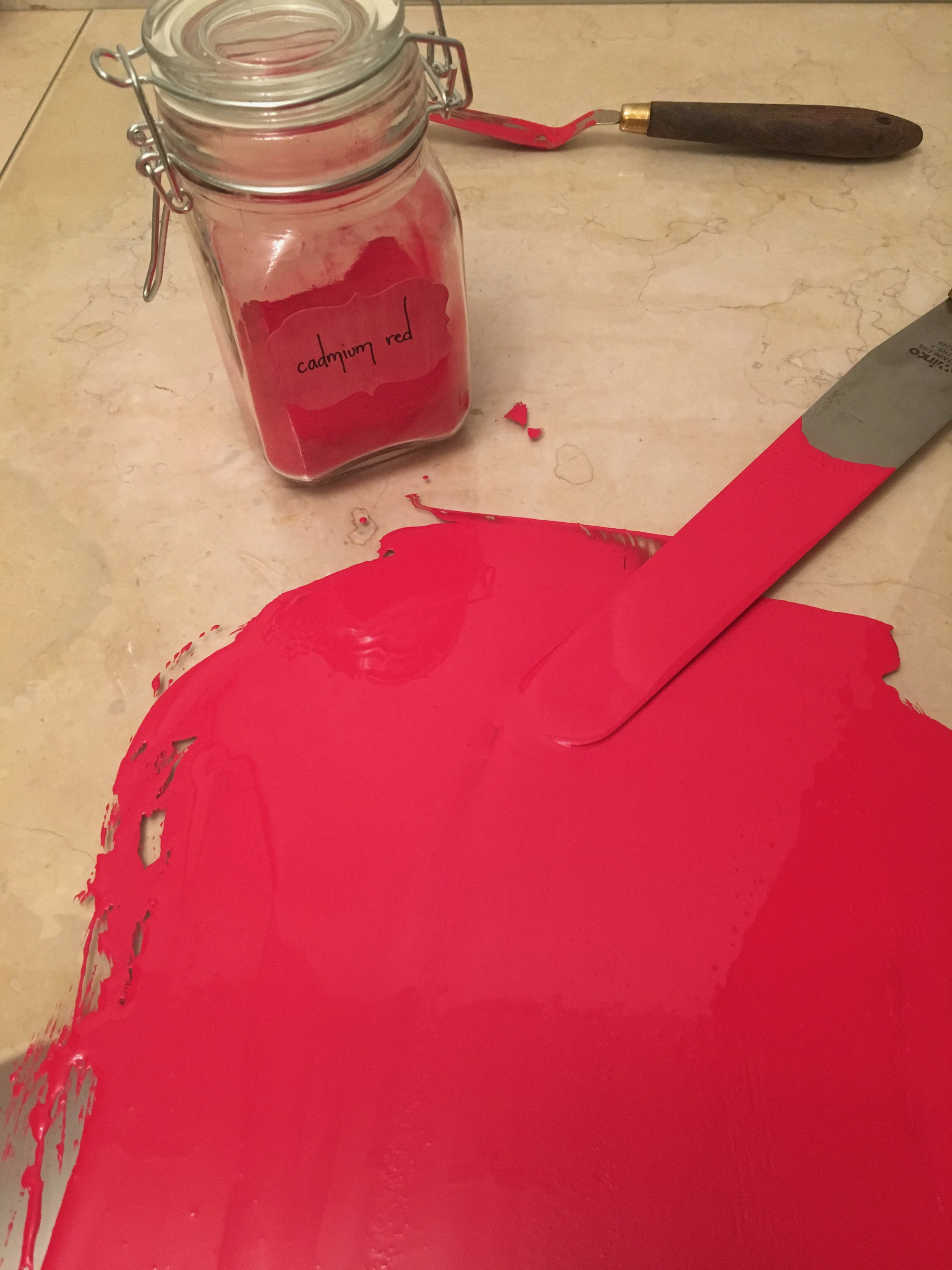Cadmium Red Light Hue Substitute
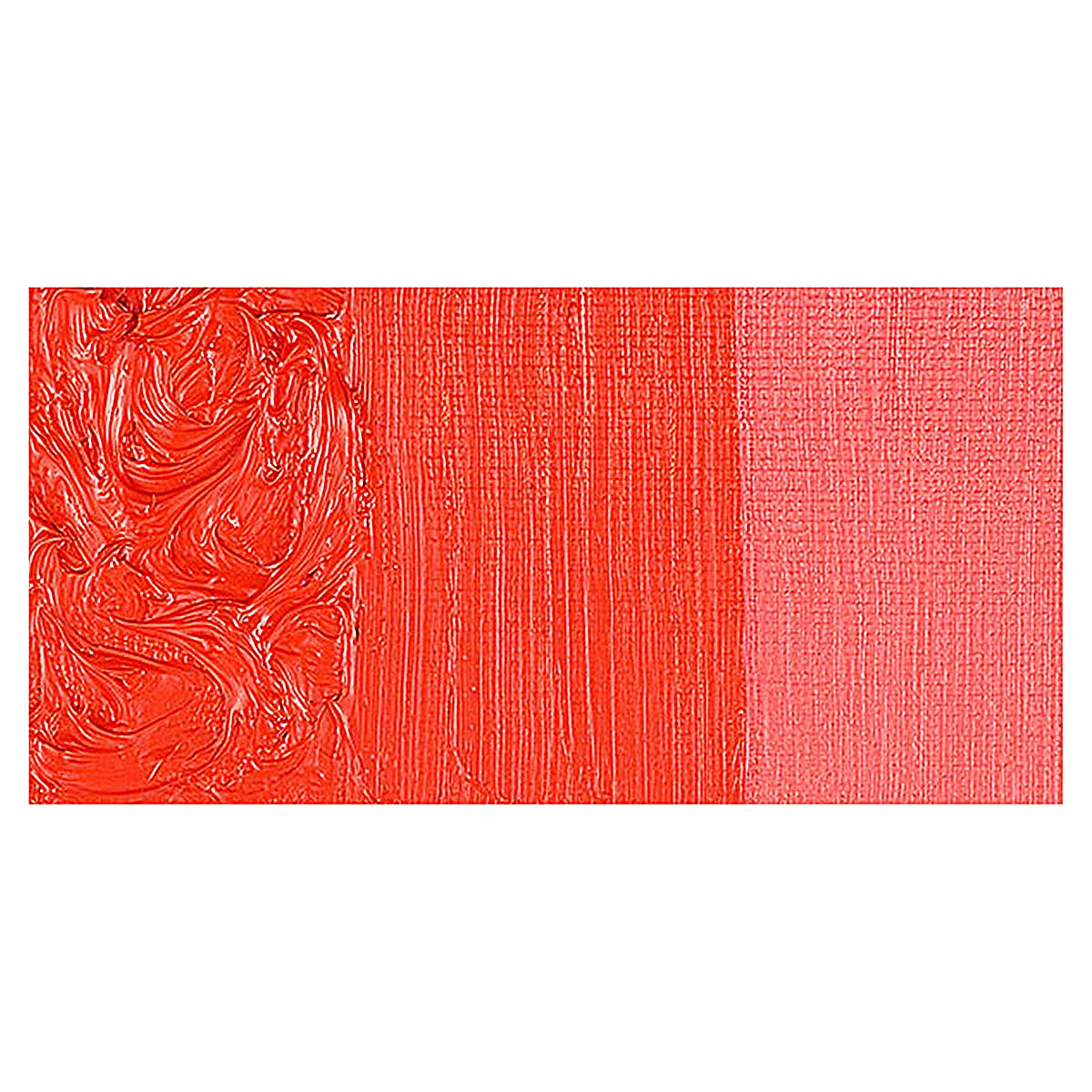
Da vinci watercolors from left to right.
Cadmium red light hue substitute. And although its hue appears to display slightly less of an orange trace when compared to cadmium yellow light it is still close enough in hue that it again feels familiar to me. So for example in winsor newton oils bright red is series one cadmium red is series four and carmine is series six. It was discovered in 1820 and put up for commercial use in the mid. Most artists would place the boundary between scarlet and orange at a hue angle between 40 and 45.
When mixing watercolor paints to get a secondary color orange green or purple use two primaries biased toward each other. It also has a slightly higher chroma than cadmium yellow light giving me just a touch more color space range. Remember that using a complementary color intensifies a color. Many artists avoid all pr108 pigments or cadmium reds due to fears over toxicity issues.
Make use of the fact that red appears to advance against a green or dark blue which appear to recede. Otherwise you get a gray muddy color. Quinacridone rose cool red with violet undertones this color makes lovely purples and mauve with blues. Cadmium is one of the primary components in creating vibrant intense pigments in hues of red yellow and orange among others.
So for example the p number for cadmium red is pr108 p for pigment r for red while for ultramarine blue it s pb 29. Cadmium red is a very strong warm and opaque red and in the early part of the 20th century it became a natural replacement for the distinctive but toxic vermilion. Alizarian crimson carmine crimson lake rose madder weaker than az cadmium red or cadmium red light warm red with orange undertones this color makes beautiful oranges when mixed with warm yellows. The list or colour index is jointly maintained and published by the society of dyers colourists sdc and the american association of textile chemists colourists aatcc and effectively provides a world wide standard in.
1 cadmium red light or scarlet with a hue angle between 35 to 40 2 cadmium red medium or middle with a hue angle between 30 to 35 and 3 cadmium red deep or purple with a hue angle below 30. Cadmium red light cadmium red medium and cadmium red deep. Vermilion scarlet napthol red. Cadmiums have the broadest range of hues derived from any of the inorganic pigment groups.

